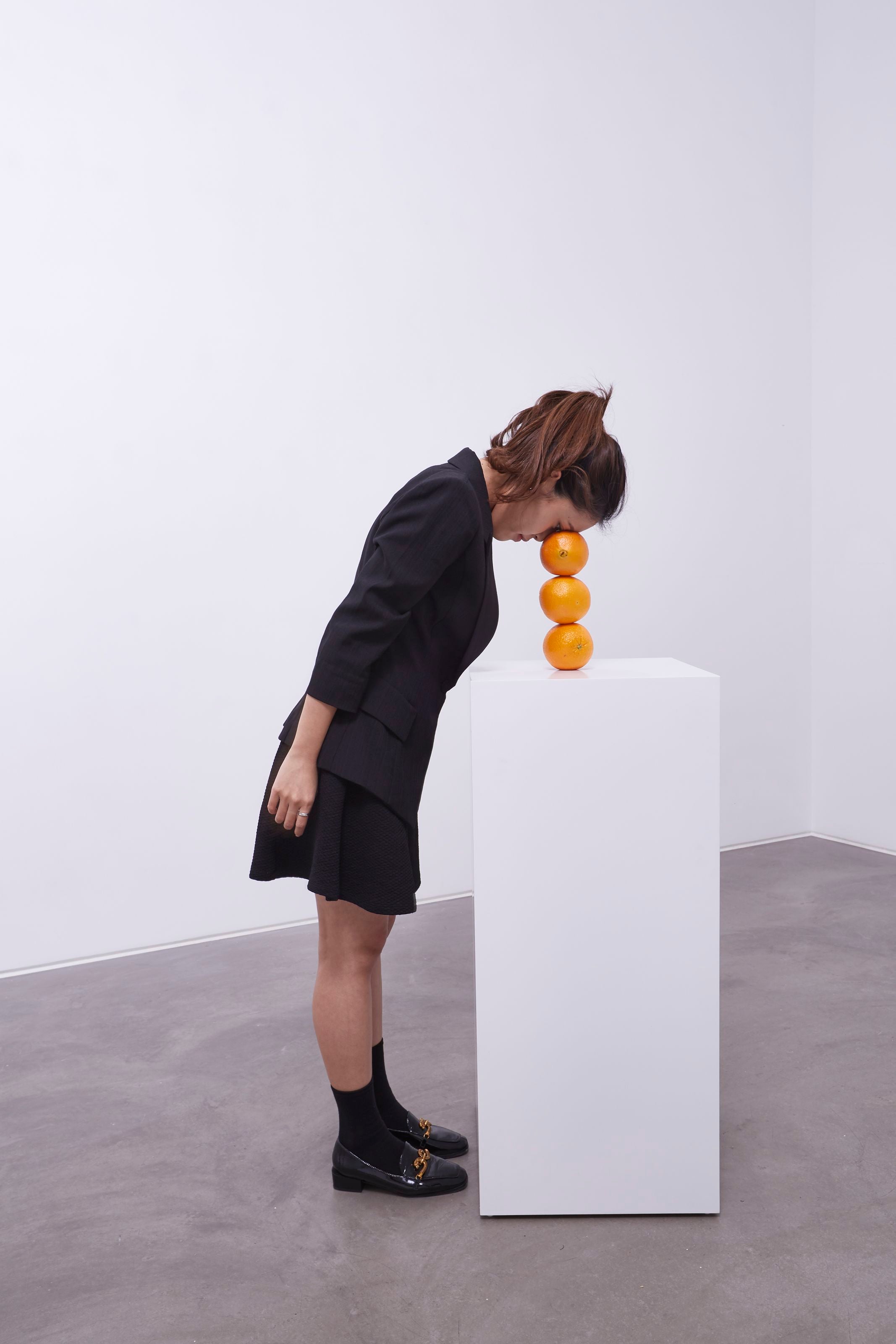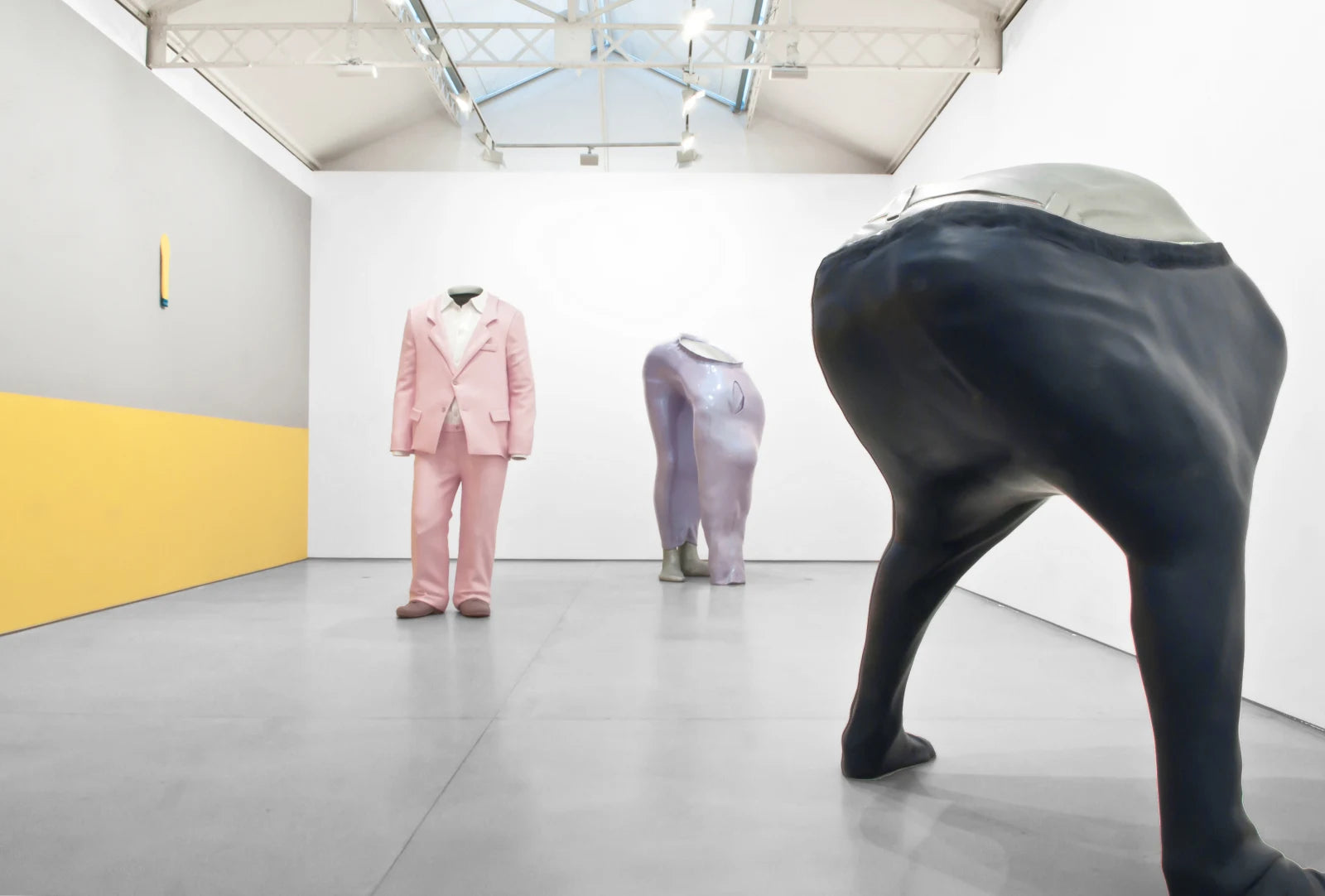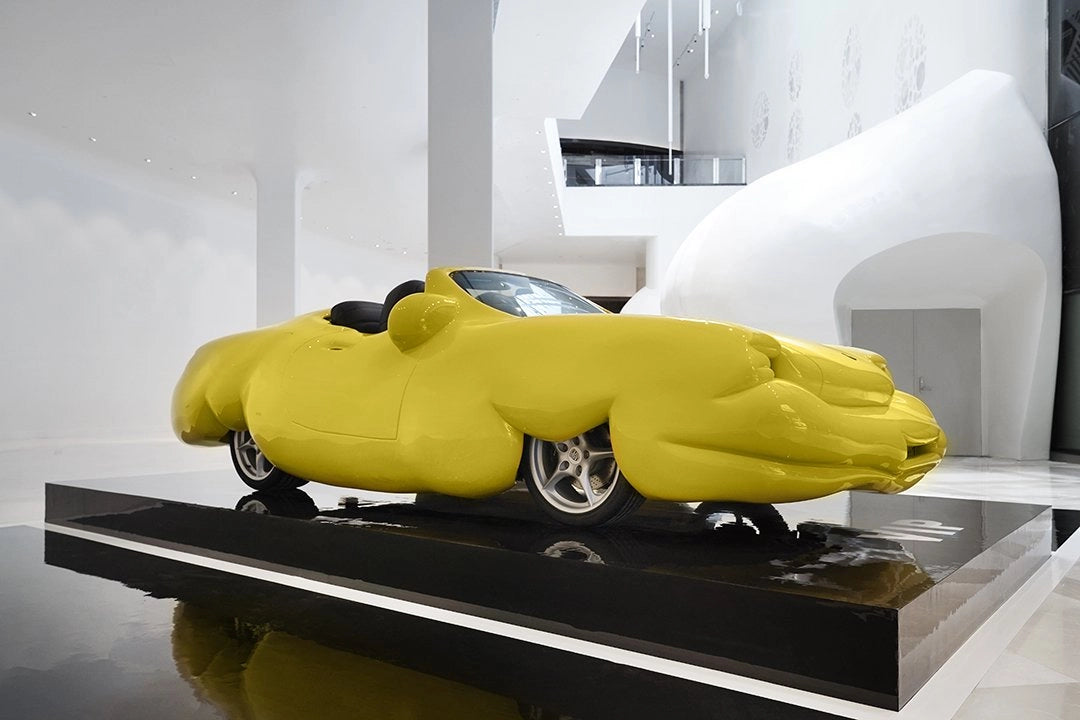
At the forefront of contemporary art, Erwin Wurm emerges as a seminal figure whose work challenges the boundaries of traditional sculpture and redefines the interaction between art and viewer. With a unique blend of humor, irony and cultural criticism, Erwin Wurm captures the public's imagination and inspires profound reflections on modern society. In this article, we will explore Erwin Wurm's legacy, examining his influential works, his innovative approach to spectator participation, and his lasting impact on contemporary art.

What is Erwin Wurm's artistic career?
Erwin Wurm is an Austrian contemporary artist whose artistic career is marked by a critical and humorous approach to sculpture and mass culture. Born on July 27, 1954 in Bruck an der Mur, Austria, Erwin Wurm studied at the University of Applied Arts Vienna, where he began exploring alternative forms of artistic expression. Influenced by artists such as Joseph Beuys, he quickly stood out for challenging the conventions of traditional sculpture.
One of Wurm's most emblematic series is "Fat Car", in which he distorts car models considered status symbols by mass culture. This series not only challenges the notion of value associated with objects, but also reflects on the contemporary obsession with the image and perception of the idealized body.
Furthermore, Erwin Wurm is known for his "One Minute Sculptures", performances in which he invites public participation to reevaluate the nature of the sculpture and its relationship with the viewer. These works not only question the limits of the artistic medium, but also explore the interaction between the human body and everyday objects.
Throughout his career, Wurm's works have been exhibited in important institutions around the world, such as the Solomon R. Guggenheim Museum in New York, the Musée d'Art Contemporain in Lyon and the Center Georges Pompidou in Paris. His sculptures are also part of renowned collections, including the Museum of Modern Art in New York, the Walker Art Center in Minneapolis and the Tate Gallery in London.
Living and working between Vienna and Limburg, Austria, Erwin Wurm continues to challenge public expectations and provoke reflections on contemporary society through his diverse and provocative work.

What are the characteristics of Erwin Wurm's works?
Humor and Irony: Erwin Wurm often incorporates elements of humor and irony in his works, challenging artistic conventions in a playful and provocative way. Whether distorting everyday objects or creating absurd situations, humor is an essential tool in your work to provoke reflection and questioning.
Deconstruction of Objects and Shapes: A prominent feature of Erwin Wurm's works is his tendency to deconstruct familiar objects and forms, distorting them or altering their appearance in surreal ways. This challenges the viewer's perception and invites a reconsideration of the familiar.
Spectator Participation: Many of Erwin Wurm's works involve the active participation of the viewer, whether through his "One Minute Sculptures" where people are invited to interact with objects or through installations that allow the public to explore and experience physical space.
Cultural and Social Criticism: Behind the humor and irony, Erwin Wurm's works often carry a sharp critique of contemporary culture and society. It questions cultural norms, social values and the obsession with consumption, inviting the viewer to reflect on deeper issues.
Scale and Material Handling: Erwin Wurm experiments with scale and material in his sculptures, creating works that challenge traditional notions of size and substance. Whether a giant sculpture of an everyday object or a distorted representation of a human body, his skillful manipulation of scale and material adds an extra layer of complexity to his works.

What are Erwin Wurm's most famous works?
"Fat Car" Series: This series of sculptures distorts popular cars, exaggerating their shapes and transforming them into comical and grotesque objects. These sculptures question the notions of status and value associated with consumer objects.
"One Minute Sculptures": A series of interactive performances where Erwin Wurm provides written or drawn instructions to participants, instructing them to pose with everyday objects in unusual ways. Participants temporarily become part of the artwork, challenging traditional notions of sculpture and viewer involvement.
"The Artist that Swallowed the World": A work that satirizes the world of contemporary art, portraying an insatiable artist obsessed with international fame. This piece criticizes the culture of art exhibition and consumption.
"Big Kastenmann": A giant sculpture of a man wearing a formal suit, with a box-shaped torso. This work was first exhibited outside the Standard Hotel in New York and has become an iconic landmark in the city.
"Der Gurk": A bronze sculpture of a huge cucumber, exploring Erwin Wurm's enduring fascination with food and everyday objects, as well as notions of monumentality and idolatry.
"Balzac": A bronze sculpture in human form, referencing Rodin's work of the same name, but reinterpreted with the distinctive characteristics of Wurm's style.

What is Erwin Wurm's influence on contemporary art?
Deconstruction of Traditional Sculpture: Erwin Wurm challenged the conventions of traditional sculpture by distorting familiar objects and transforming them into provocative works of art. His irreverent and humorous approach to sculpture inspired other artists to question established norms and explore new creative territories.
Spectator Participation: Erwin Wurm's "One Minute Sculptures", which invite viewers to actively participate in works of art, have contributed to a greater emphasis on interaction between the public and contemporary art. This participatory approach has been adopted by many artists as a way to engage the public in a more direct and personal way.
Cultural and Social Criticism: Erwin Wurm uses humor and irony in his works to criticize aspects of contemporary culture and society, such as the obsession with consumption, the search for fame and the superficiality of modern life. His ability to address serious issues in an accessible and engaging way has influenced other artists to explore similar themes in their own work.
Experimentation with Materials and Shapes: The wide range of materials and forms used by Wurm in his sculptures inspired other artists to explore new possibilities of artistic expression. His willingness to challenge the limits of traditional sculpture encouraged greater experimentation and innovation within contemporary art.
Erwin Wurm is widely recognized as one of contemporary art's most influential artists, whose provocative and innovative work continues to inspire generations of artists to challenge established conventions and explore new creative paths.

